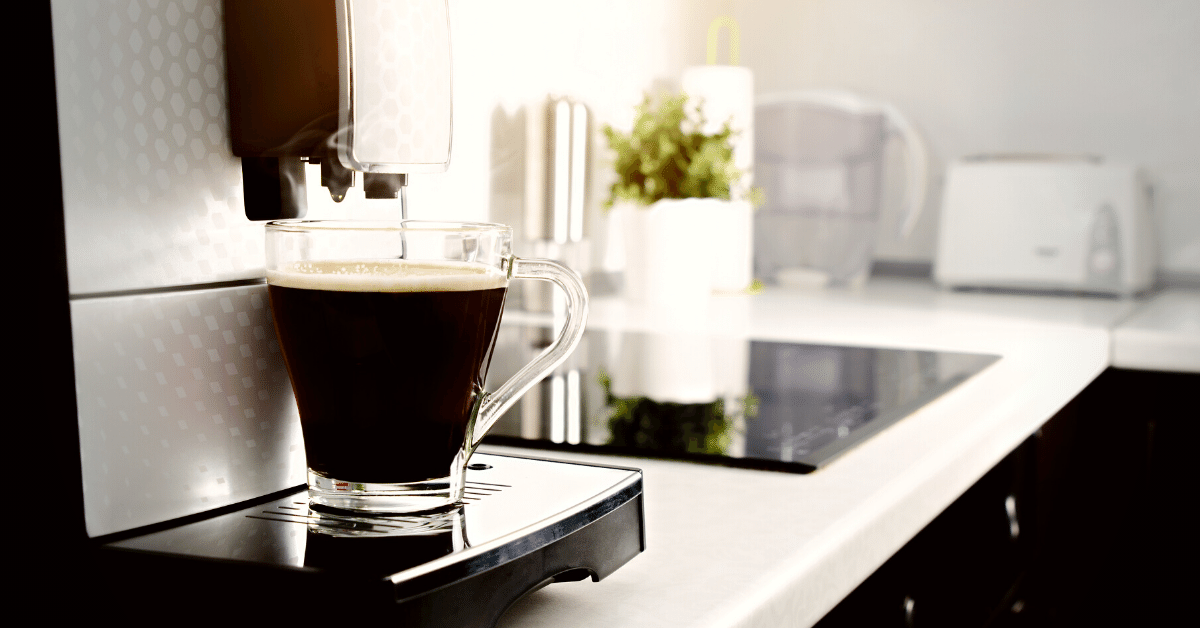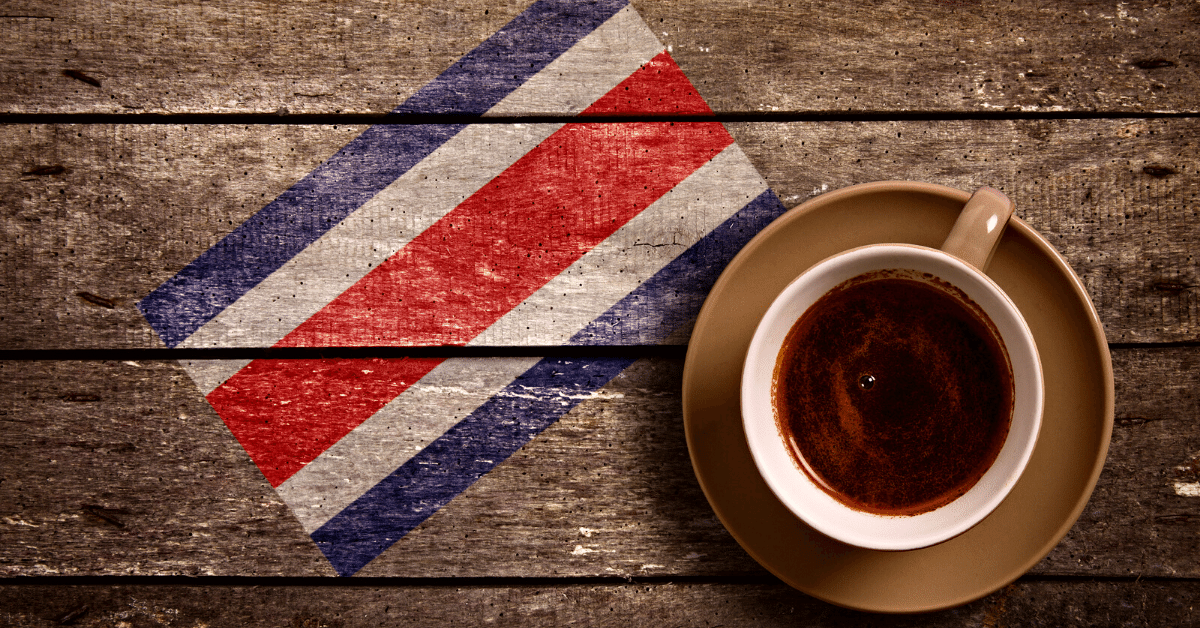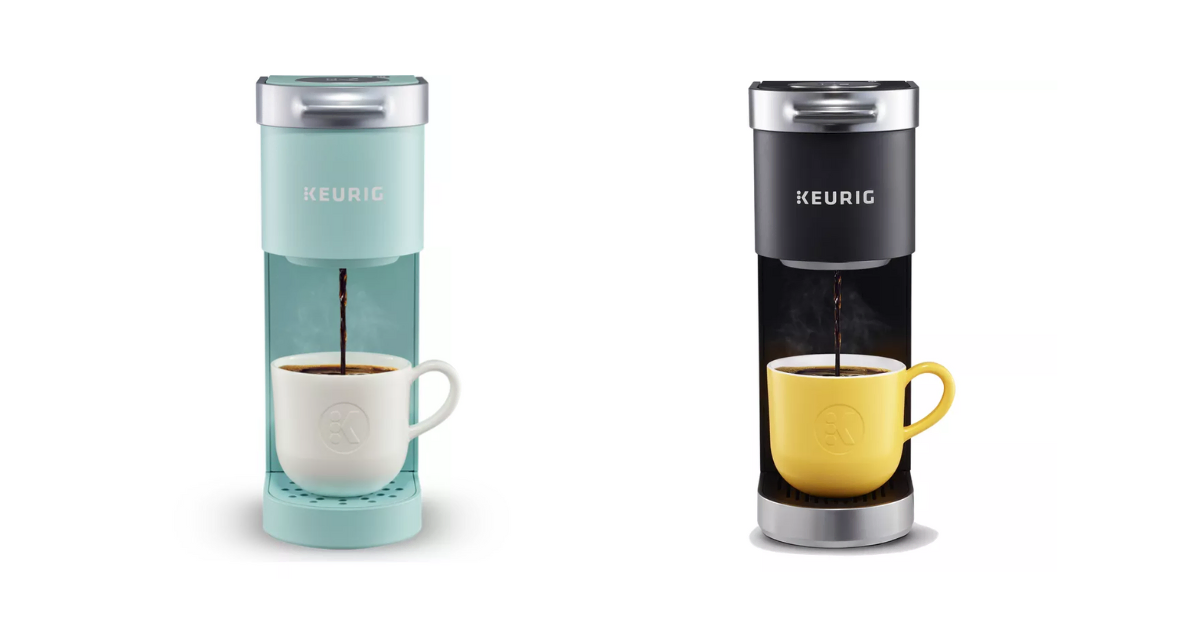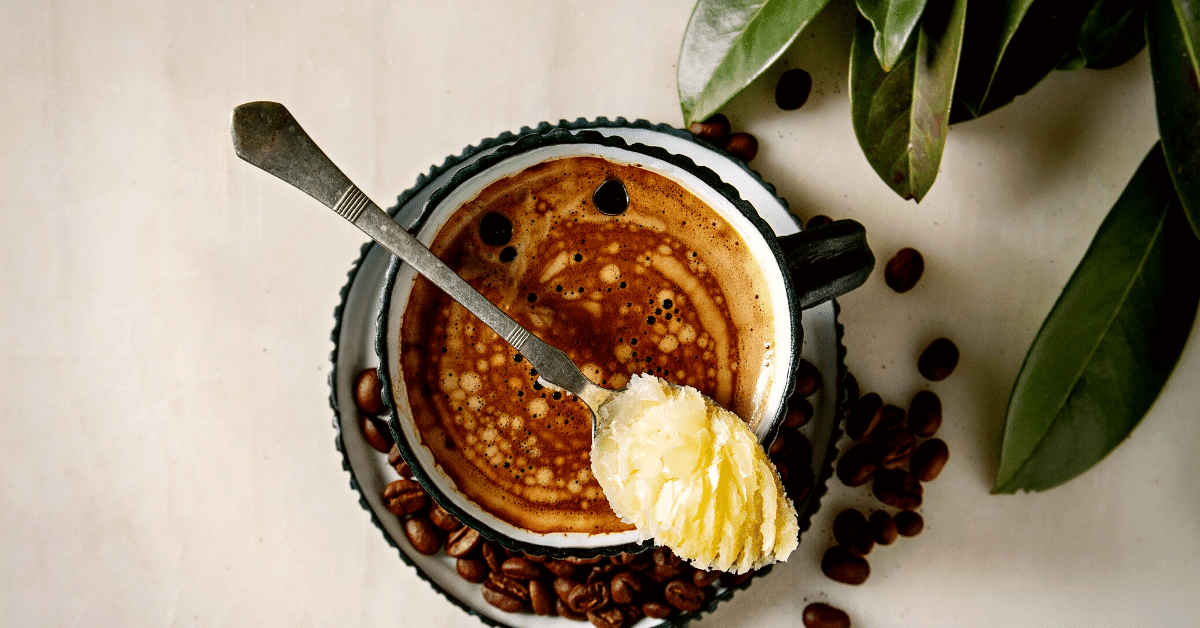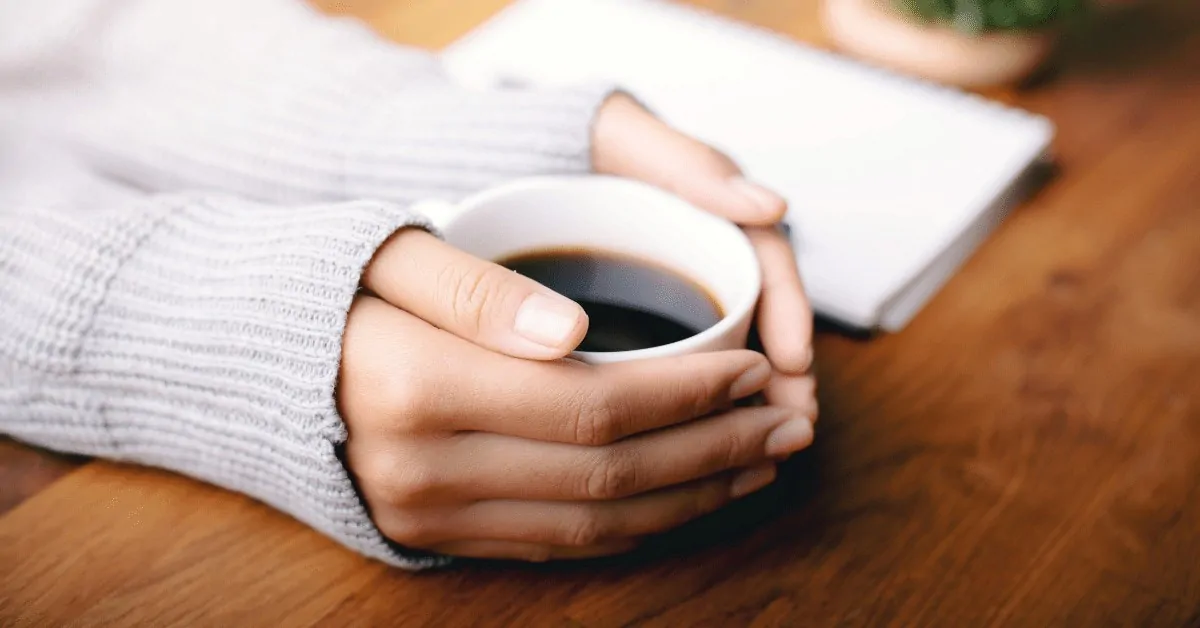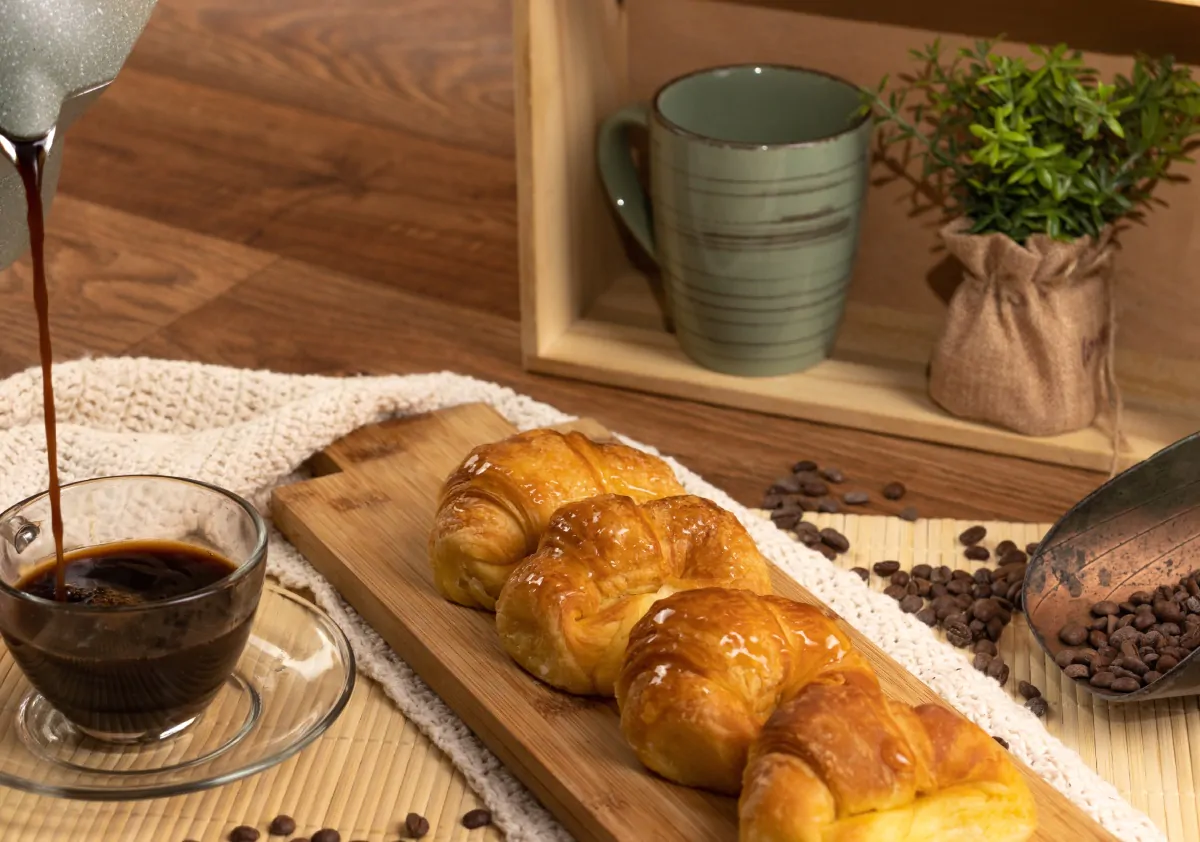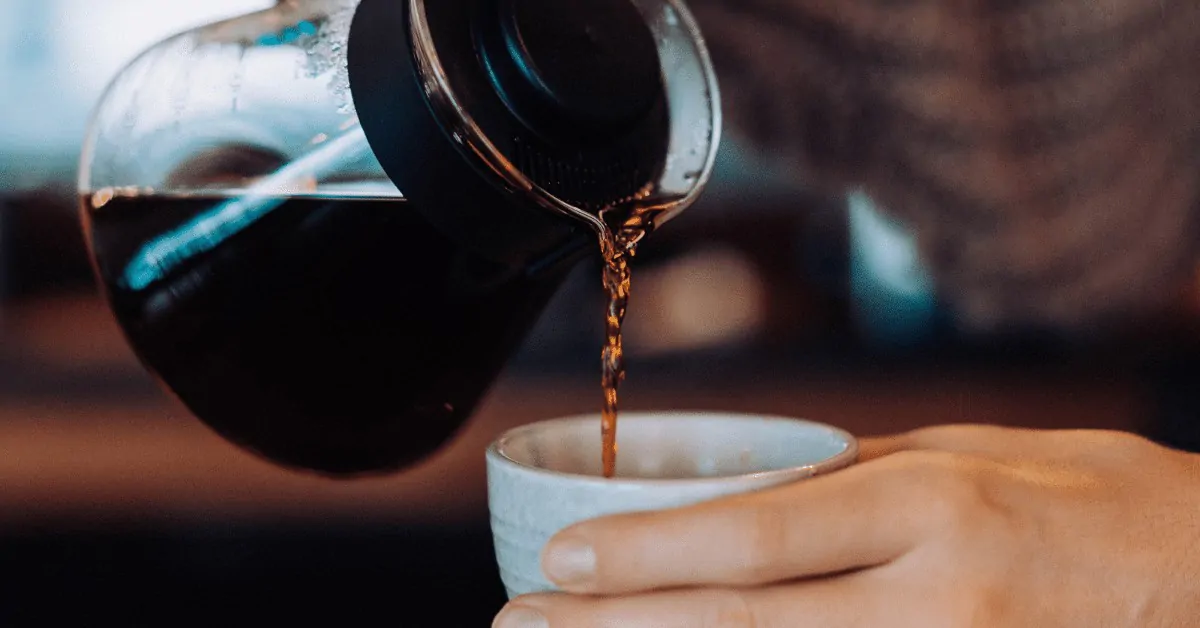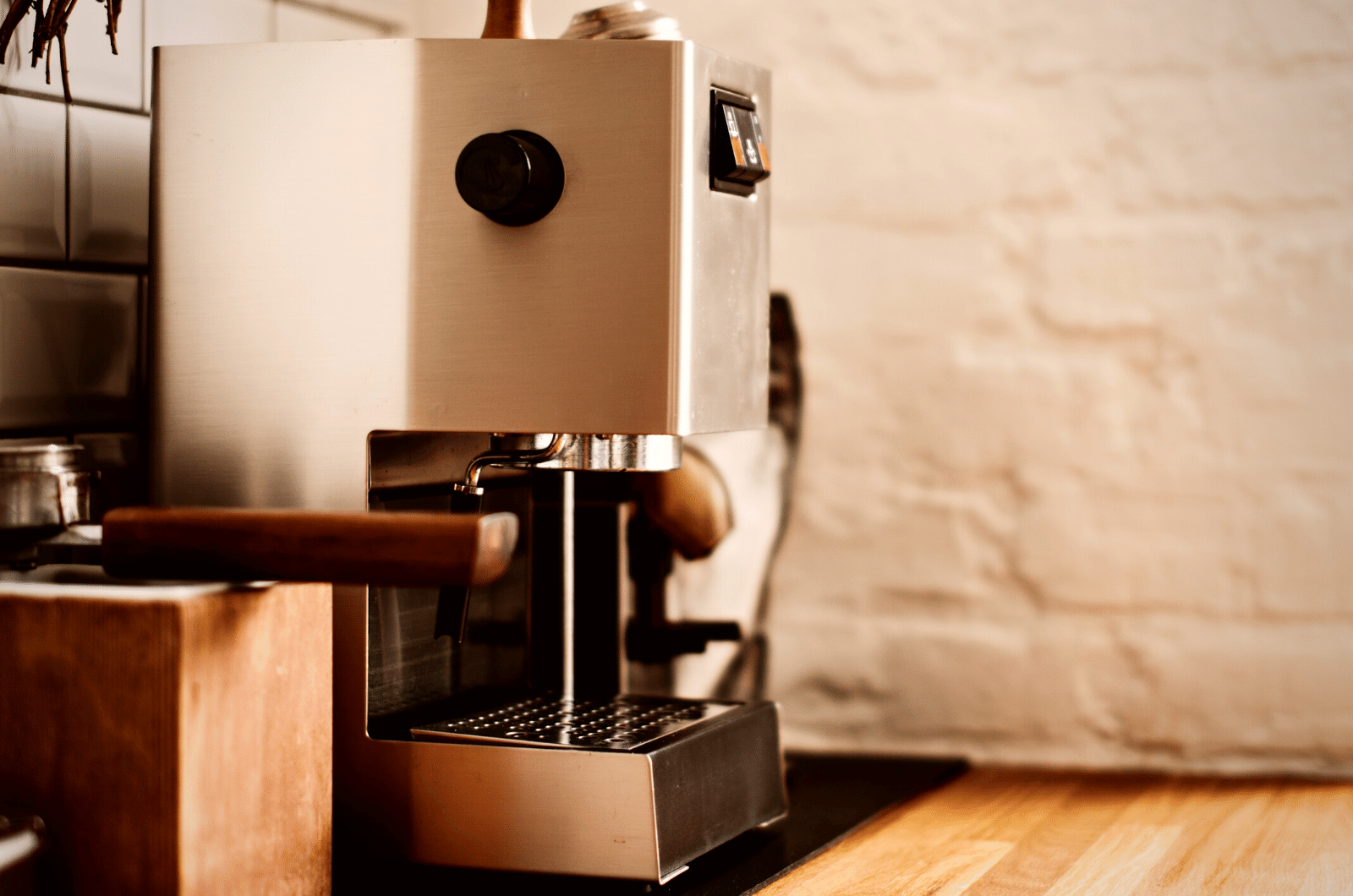Most of us switch on the coffee maker each day without a second thought. But have you ever asked yourself, how many watts does a coffee maker use?
Whether you’re trying to save more on your electric bill or just a little curious, it wouldn’t hurt to know this information.
In this guide, we’ll take a detailed look at how many watts a coffee maker uses. Plus, I’ll go over some frequently asked questions regarding the subject to make sure you’re all squared away.
What Exactly is Wattage?
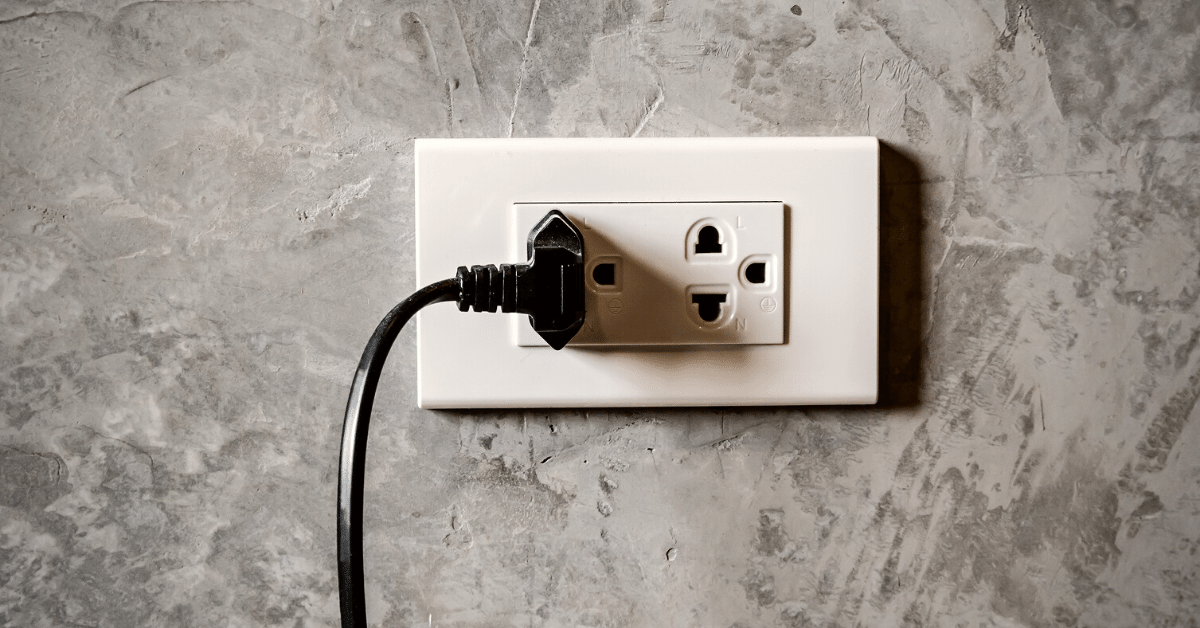
You’ve probably heard of the term wattage during your high school days. But, in case you’ve forgotten, let’s go over the definition one more time.
Wattage is how much electrical power your devices need to operate. Electrical appliances, like your coffee maker, need that power to work.
With that in mind, you’re going to need to understand amps and volts. These are what help you measure wattage and are super important for understanding your coffee maker’s output.
To break it down:
- Amps: defines energy usage
- Volts: defines energy force
Multiply these two, and you get the wattage. But, don’t panic—you don’t have to calculate this every time you buy a new coffee maker. Manufacturers usually put this information on the machine, so it’s right there for you.
If you’re someone who’s not inclined to science, you might wonder why wattage is relevant to making coffee. Here’s the thing: your appliances’ wattages dictate your energy bill.
Every turned-on device increases your total wattage, which adds up to a higher electricity bill. Also, energy efficiency is important for the ecosystem.
So, if you’ve been wanting to save on and cut down on your electricity, knowing how much your coffee maker consumes might just do the trick.
How Many Watts Does a Coffee Maker Use?
Now that you know exactly what wattage is all about, it’s time to get real about how much wattage a coffee maker uses.
The exact number of watts depends on the type of coffee maker you own. Let’s look at the wattage capacity of the most common forms of coffee makers.
Drip Coffee Makers
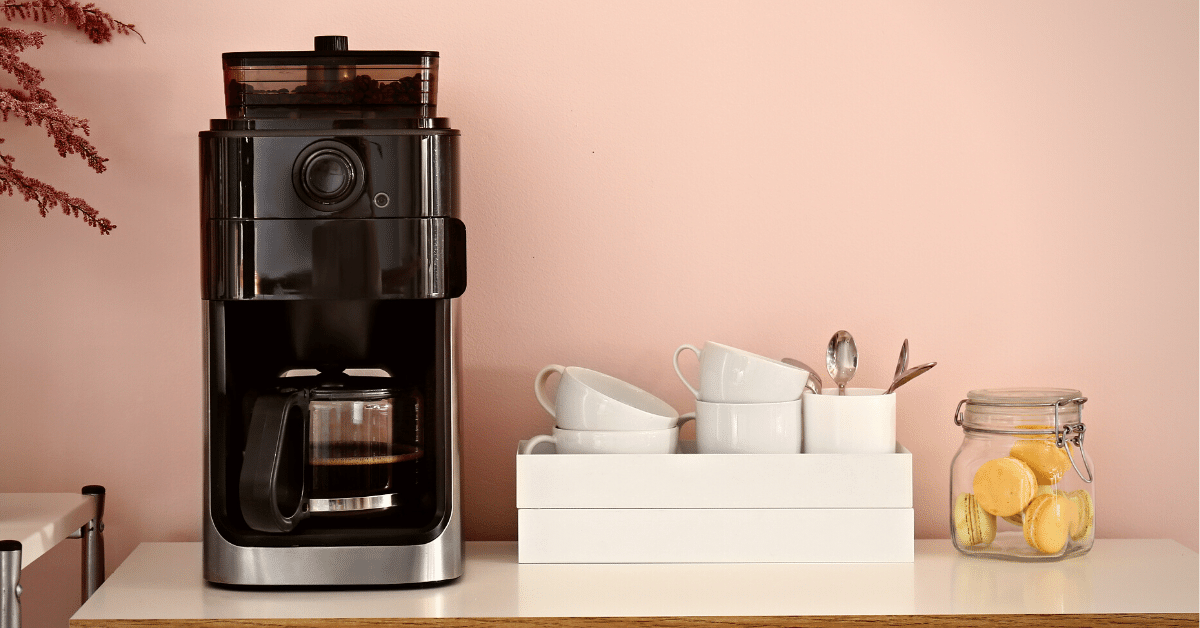
Drip coffee makers are some of the most common coffee makers out there, thanks to their ease of use.
With a drip coffee maker, a water heater stores and heats water until the desired temperature. Then, water slowly drips into a filter basket with ground coffee. There’s a carafe underneath to store the coffee.
Depending on their size, the average coffee maker can use between 550 and 1200 watts. There’s so much fluctuation because they maintain the coffee’s heat inside the glass carafe as long as the machine is plugged in.
Keeping a drip coffee maker plugged in can result in additional 100 watts per hour. If you want to reduce energy use, unplug your machine when it’s idle.
Thermal Coffee Makers
Thermal coffee makers work similarly to drip machines. The only difference is that you can keep a sustained hot coffee for a long time without having a burnt taste.
If you have a drip coffee machine, you’ll notice a burnt taste and smell when coffee sits in the carafe longer.
Thermal coffee makers use between 750 and 1000 watts. That depends on how big or small your machine is.
Espresso Coffee Makers
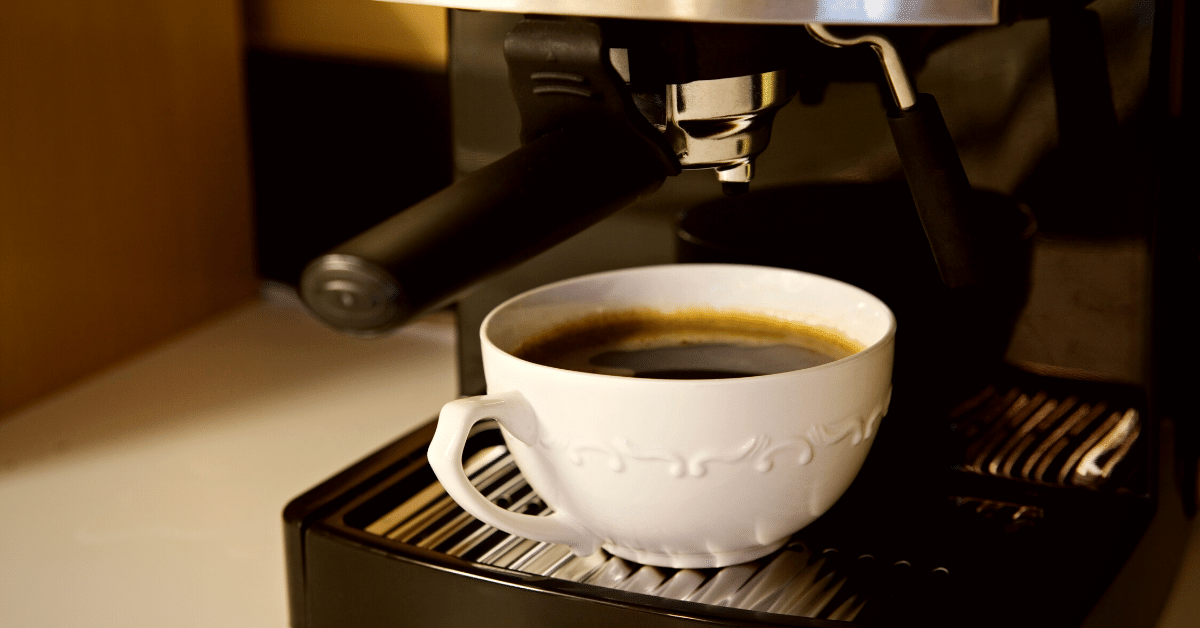
If you love lattes and cappuccinos, you’ve probably got an espresso coffee maker as opposed to a drip machine. The espresso machine makes rich, dark coffee by using pressure to force the hot water through the ground coffee bean.
While they can definitely make great coffee, espresso machine uses more energy than most appliances. That means it also consumes greater wattage.
On average, an espresso coffee maker’s power consumption is at least 1500 watts, depending on the brand and model.
Single-Serve Coffee Makers
The single-serve coffee maker uses a coffee pod to brew a single cup of coffee at a time.
They’re most recognized thanks to the Keurig brand.
You’ll also be surprised that single-serve coffee makers are among the most energy-efficient machines. For maximum operation and to keep the water warm, these machines only use around 200 to 400 watts.
FAQ
Now that we’ve gone over the basics of coffee maker wattage let’s take a look at a few frequently asked questions.
Here’s what else you should know about the number of watts a coffee maker uses.
1. How many watts does a coffee machine use per hour?
Determining how many watts coffee machines consume per hour comes down to their kilowatt-hours. The kilowatt-hours is how much energy a kitchen appliance uses over time.
You can compute this by dividing the total watt usage by 1000. For instance, if your coffee maker uses 1500 watts, it consumes 1.5 kWh per hour.
2. How to save energy when using a coffee maker?
If you can’t avoid using your coffee maker, there are helpful tips you can follow to save energy. For starters, look for an energy-efficient model. That means choosing machines with lower wattage ratings.
Alternatively, you can look for machines with an auto-shut-off feature. This feature will turn the machine off when it’s not in use, helping you to save power.
3. Will a 1000-watt inverter run a coffee maker?
A 1000 watt inverter can pretty much run most of your appliances at home, including your coffee maker. But don’t forget to take precautions when using more home appliances. It’s always best to calculate first your overall electrical power usage.
Save Energy With Your Coffee Maker
Coffee makers can use as low as 200 watts to as much as 1500 watts depending on the type you’re using at home.
If that sounds high to you, learning to cut down on energy consumption can be a significant step toward helping the environment (and your wallet). Turning off your machine when you are not brewing coffee and regularly cleaning the device can help you save energy.
Want to brew without a coffee maker and save up on your electricity bill? Try cold brew coffee, a delicious and strong cup of joe that you can easily make at home without any machine.

